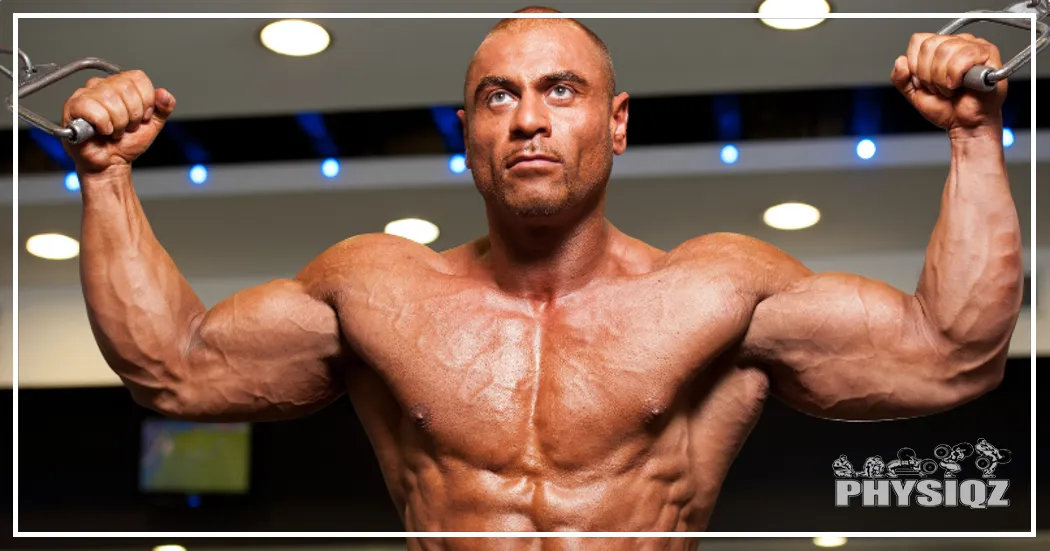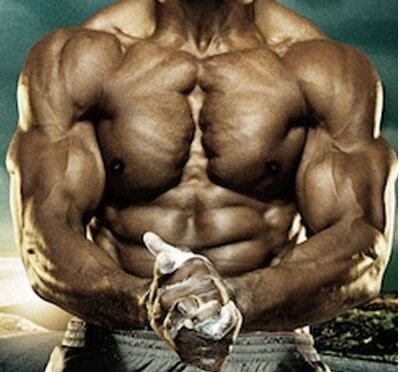Have you ever struggled with getting the perfect chest insertion? We’ve all been there, trying to slide those cards into our chests only to have them end up all crooked or misplaced. It can be frustrating, especially when you’re trying to achieve a polished and professional look. But don’t worry, in this article, we’re going to delve into the common causes of bad chest insertions and tips on how to fix them.
When it comes to bad chest insertions, there are a few common culprits. One of the main causes is improper alignment. If you’re not lining up the card properly with your chest, it’s bound to end up looking wonky. Another reason could be using too much force when sliding the card in. It’s important to be gentle and delicate, so you don’t end up damaging your chest or the card. Additionally, using poor quality or worn-out card holders can lead to bad insertions. The materials or design of the holder may not be ideal for keeping the card in place.
But fret not! In the rest of this article, we’ll dive deeper into each of these causes and provide you with practical tips on how to avoid them. You’ll learn all about the proper alignment techniques, the right amount of force to use, and how to choose the perfect card holder. So keep reading, and by the end, you’ll have the confidence and skills to achieve flawless chest insertions every time.

Common Causes of Bad Chest Insertions
Chest insertions are an essential medical procedure that allow healthcare professionals to drain fluid, blood, or air from the chest cavity. They are often performed in emergency situations or as part of ongoing patient care. However, there are several common causes of bad chest insertions that can result in suboptimal outcomes for patients. In this article, we will discuss these causes and provide insights on how to avoid them, improving patient care and outcomes.
Incorrect needle angle
One of the most common causes of bad chest insertions is an incorrect needle angle. Not entering at the correct angle can lead to improper placement of the chest catheter, which can result in complications and ineffective drainage. Angling the needle too shallow or too steep can damage nearby structures, causing unnecessary pain and risking further complications.
To ensure a successful chest insertion, it is vital to enter at a 45-degree angle. This angle allows for proper placement of the catheter without causing harm to surrounding tissues. Proper training and experience are key in mastering the correct needle angle technique.

Insufficient tissue release
Insufficient tissue release is another common cause of bad chest insertions. Failing to adequately release the tissue can make the insertion more difficult, resulting in increased pain for the patient and a higher risk of complications. To avoid this, it is crucial to fully release the tissue before inserting the needle.
Proper technique involves gently pulling the skin taut and ensuring that the tissue is relaxed and released. This will ease the insertion process and minimize the risk of complications. Taking the time to properly prepare the tissue can greatly improve the patient’s experience during the chest insertion procedure.
Improper site preparation
Inadequate site preparation is a significant cause of bad chest insertions. Failure to adequately clean and prepare the insertion site can lead to infections and other complications. To avoid this, it is crucial to thoroughly cleanse and sterilize the area before proceeding with the procedure.
Using an antiseptic solution and sterile swabs are essential steps in site preparation. This helps create a sterile environment and minimize the chances of infections. Proper attention to site preparation can greatly reduce the risk of complications and improve patient outcomes.

Inadequate catheter stabilization
Poor catheter stabilization is another common cause of bad chest insertions. Inadequate stabilization can lead to movement or displacement of the chest tube, which can cause pain, reduced efficacy of drainage, and potential complications. Proper technique involves securing the catheter with sutures or adhesive dressings.
Stabilizing the catheter effectively is crucial to ensure its proper function and prevent complications. Care should be taken to maintain the catheter’s position by adequately securing it to the patient’s chest. This will improve patient comfort and prevent unnecessary issues during the healing process.
Use of inappropriate size or type of catheter
Using an inappropriate size or type of catheter is a common mistake that can lead to bad chest insertions. Using a catheter that is too large or too small can impede proper fluid or air drainage or cause excessive trauma to the chest tissues. Choosing the right size and type of catheter is essential for a successful chest insertion procedure.
Proper technique involves selecting the appropriate size and type of catheter based on the patient’s specific needs and the desired outcomes. A thorough assessment of the patient and consultation with a healthcare professional experienced in chest insertions can help guide the selection process.

Inadequate sterile technique
Failure to maintain a sterile environment during the insertion process is another common cause of bad chest insertions. This can lead to infections and other complications, delaying the healing process and negatively impacting patient outcomes. To avoid this, it is crucial to follow strict sterile protocols.
Proper technique involves using sterile gloves, drapes, and equipment throughout the insertion process. Attention to detail and a commitment to maintaining a sterile environment can greatly reduce the risk of complications and improve the overall success of chest insertions.
Failure to identify landmarks
Failure to correctly identify the anatomical landmarks is a significant cause of misplaced chest insertions. This can result in injury to vital structures and inadequate drainage, leading to further complications. To avoid this, healthcare professionals must have a thorough knowledge of the relevant anatomy and perform proper assessments of the patient.
Proper technique involves taking the time to identify and mark the correct insertion site based on anatomical landmarks. This ensures accurate placement of the catheter and reduces the risk of complications. Attention to detail and ongoing education are vital in mastering this aspect of chest insertions.

Inexperience or lack of training
Performing chest insertions without adequate experience or training is a common cause of bad insertions. Lack of proficiency and understanding of proper technique can lead to mistakes and complications. To avoid this, healthcare professionals should seek appropriate training and mentorship before performing chest insertions.
Proper technique requires training and practice under the supervision of experienced professionals. This ensures proficiency and confidence in performing chest insertions, improving patient outcomes and reducing the risk of complications. Continuing education and ongoing training are key in staying up to date with best practices in chest insertions.
Conclusion
Performing chest insertions correctly is crucial for patient outcomes and avoiding complications. Attention to detail, adherence to sterile protocols, and ongoing training and experience are essential for success. Identifying and addressing the common causes of bad chest insertions can greatly improve patient care and outcomes.
By mastering the correct needle angle, ensuring sufficient tissue release, proper site preparation, adequate catheter stabilization, appropriate catheter selection, sterile technique, accurate identification of landmarks, and seeking adequate training, healthcare professionals can greatly enhance the quality and safety of chest insertions, benefiting both patients and the medical community as a whole.




